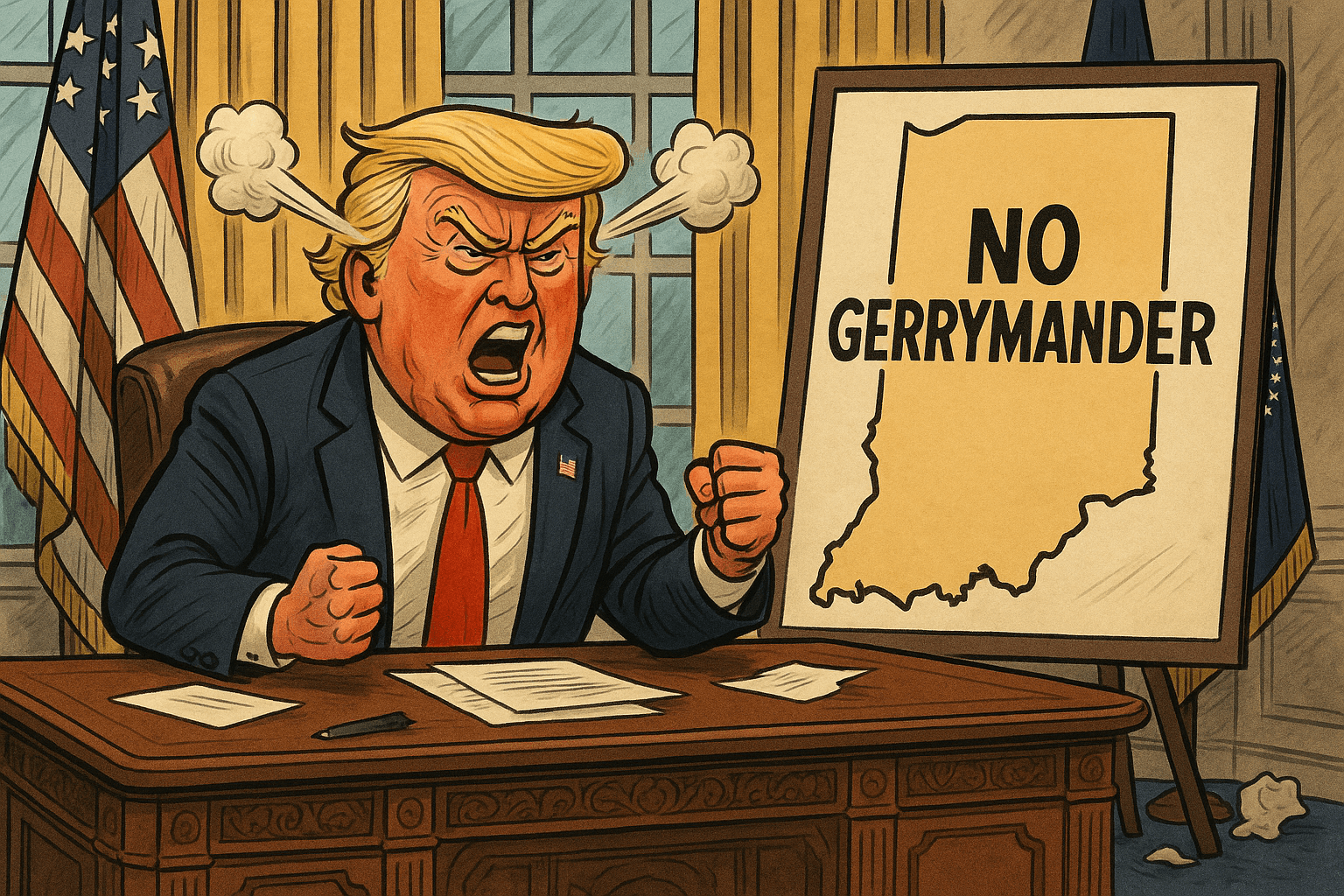WaPo Says Ranked Choice Voting 'Deserves to Pass,' Endorses Initiative 83

Photo Credit: Andrej Lišakov / Unsplash
The Washington Post Editorial Board has announced its support for ranked choice voting (which will be on the ballot in 4 states and the District of Columbia), encouraging DC residents in particular to support Initiative 83.
Initiative 83 opens the city's taxpayer-funded primary elections to more than 80,000 registered independent voters -- which would give them a voice in a stage of the elections process that decides nearly all District elections.
The measure also implements ranked choice voting for primary and general elections, meaning voters can rank candidates in order of preference and no candidate can win with less than a majority of the vote.
LEARN MORE: Initiative 83: Independents Could Make History with DC Election Reform
The Washington Post writes:
"Ranked-choice voting is particularly well suited to D.C. because it helps most in crowded primaries in which many candidates would otherwise splinter the vote drawn from a relatively small number of voters. A ranked-choice system would better discern the preferences of everyone voting in that primary, making it likely that the winner is the same person who would prevail in a head-to-head matchup against any of the other candidates. "
The editorial board adds that this type of outcome is not often the case when a candidate wins a narrow plurality. If, for example, a candidate wins with 30% of the vote, that means 70% of voters cast a ballot for someone else.
"When the victor must either win a majority up front or collect second, third and fourth preferences, the public is more likely to be assured the victor has wide-ranging support," the Washington Post writes.
RCV advocates argue that when voters can rank their ballot options it allows them to fully express their preferences in an election, even if they know their most preferred candidate has a slim chance of winning.
They can rank them as their top choice and still have a say in the final outcome.
If no candidate gets over 50% of first choice selections, an instant runoff kicks in that eliminates the last place candidate and applies their voters' next choices to the RCV tabulation. This elimination process continues until a candidate has at least 50%+1 of the vote.
"Candidates must attract people’s second- and third-place votes, giving them strong incentive to make broad-based appeals and inducing more moderate, independent-minded candidates to run," the Washington Post writes.
Examples the paper gives are US Rep. Jared Golden winning in Maine's 2nd Congressional District. Golden's actions and record as a member of Congress point to him being a more moderate Democrat.
In Alaska, the candidate who won the state's single, statewide congressional seat was the one who had a group of Democrats, a group of Republicans, and a group of independents supporting them.
ALSO READ: New Research: Populism A Key Factor with Cross-Partisan Support for Alaska's Top 4 Elections
Opponents of RCV argue that it is too complex for voters. For some, adjusting to a new system takes time, but there has been little evidence to suggest widespread voter confusion.
For example, RCV opponents in Nevada, point to a University of Pennsylvania study that found in some jurisdictions where RCV is currently in use, 1 in 20 voters (5%) could end up making some kind of error on their ballot.
However, the claim that these represent ballot rejections is false, as the study found rejection rate to be -- at most -- half a percentage point.
Meanwhile, the Washington Post notes:
"The overwhelming majority of voters — as many as 90 percent in some jurisdictions — say they understand ranked-choice voting after doing it. Similarly substantial numbers in places such as New York; Santa Fe, N.M.; and Minneapolis have said they prefer the system to the alternative or would want to use it again."
The paper concludes: "Though ranked-choice voting is no panacea, even just a little more moderation, independence and civil campaigning could go a long way."
Ranked choice voting is currently used in 50 jurisdictions across the US, including 2 states, 3 counties and 45 cities. It is on the 2024 ballot in Colorado, Idaho, Nevada, Oregon, and Washington DC.
 Shawn Griffiths
Shawn Griffiths





